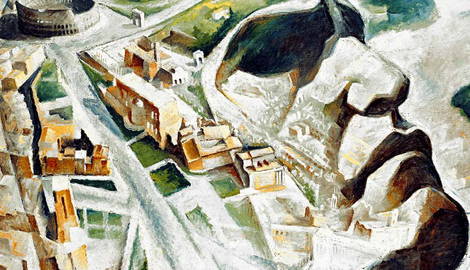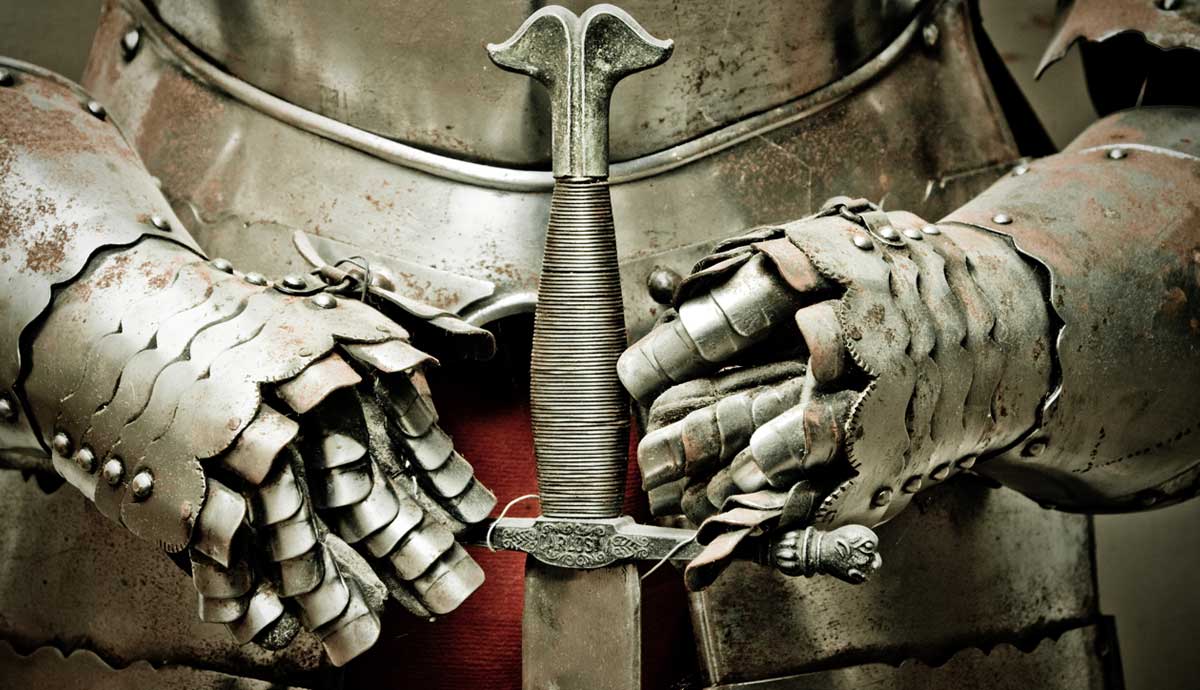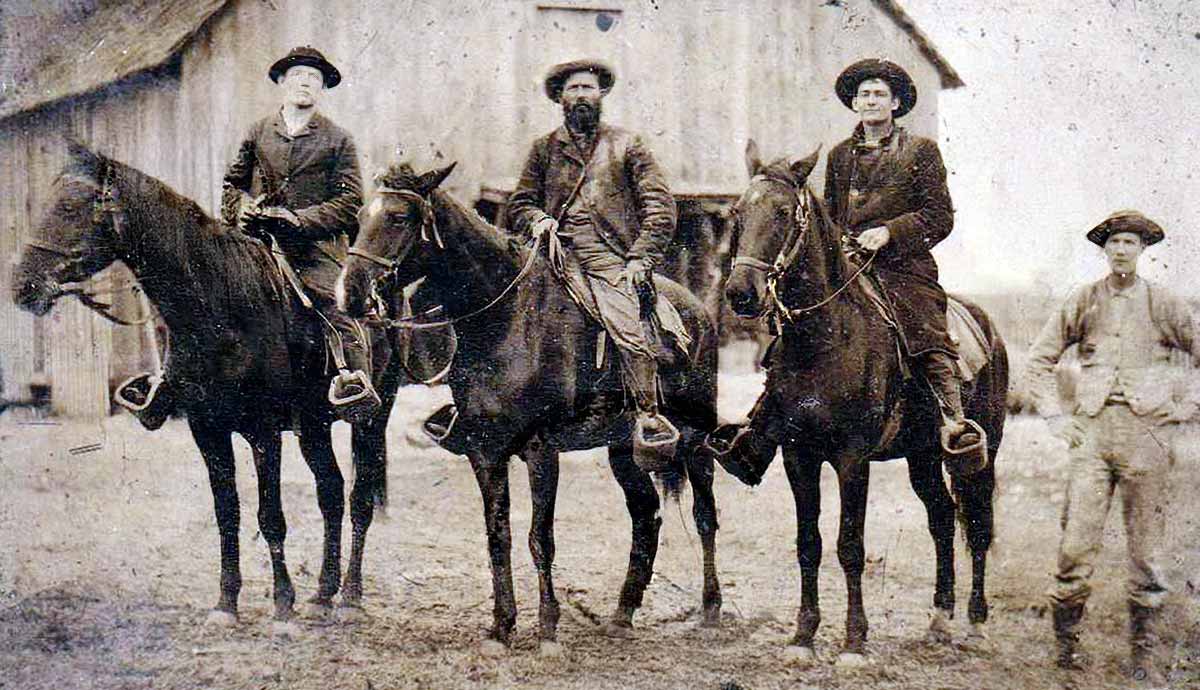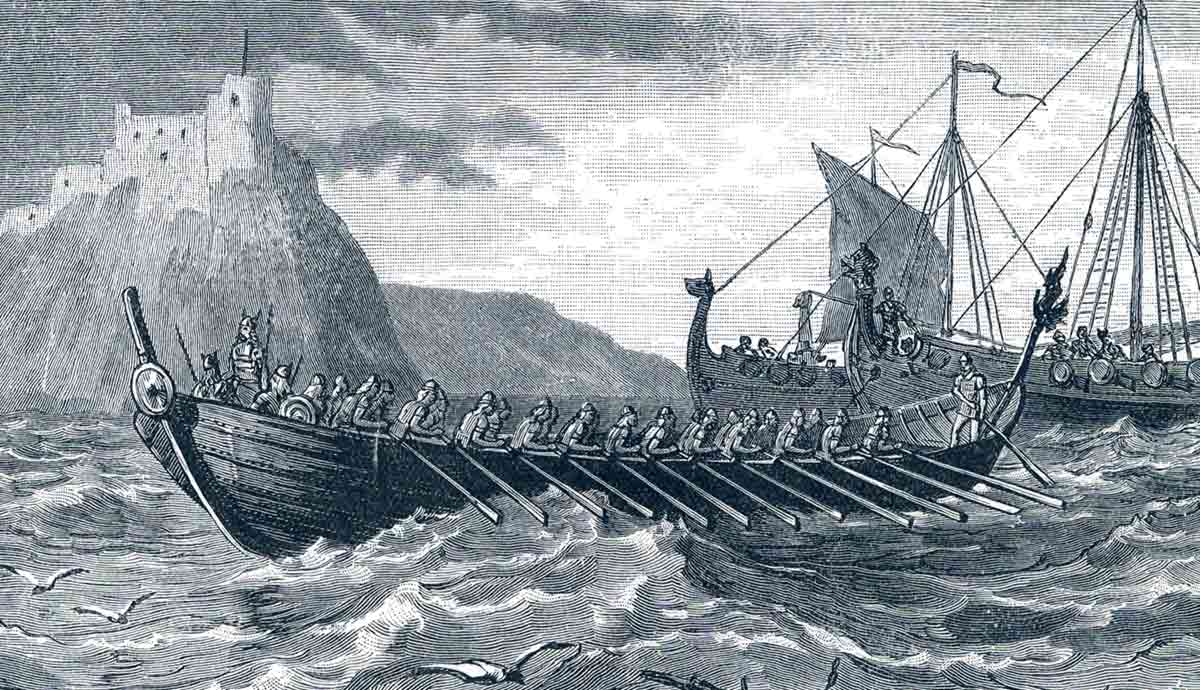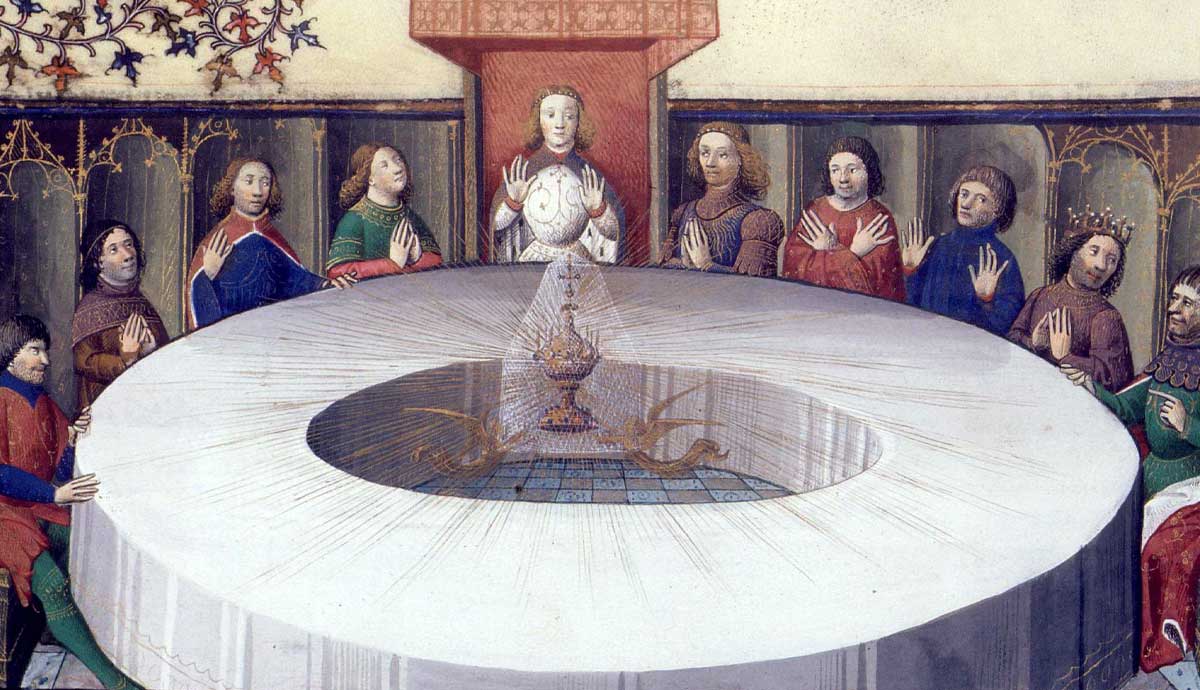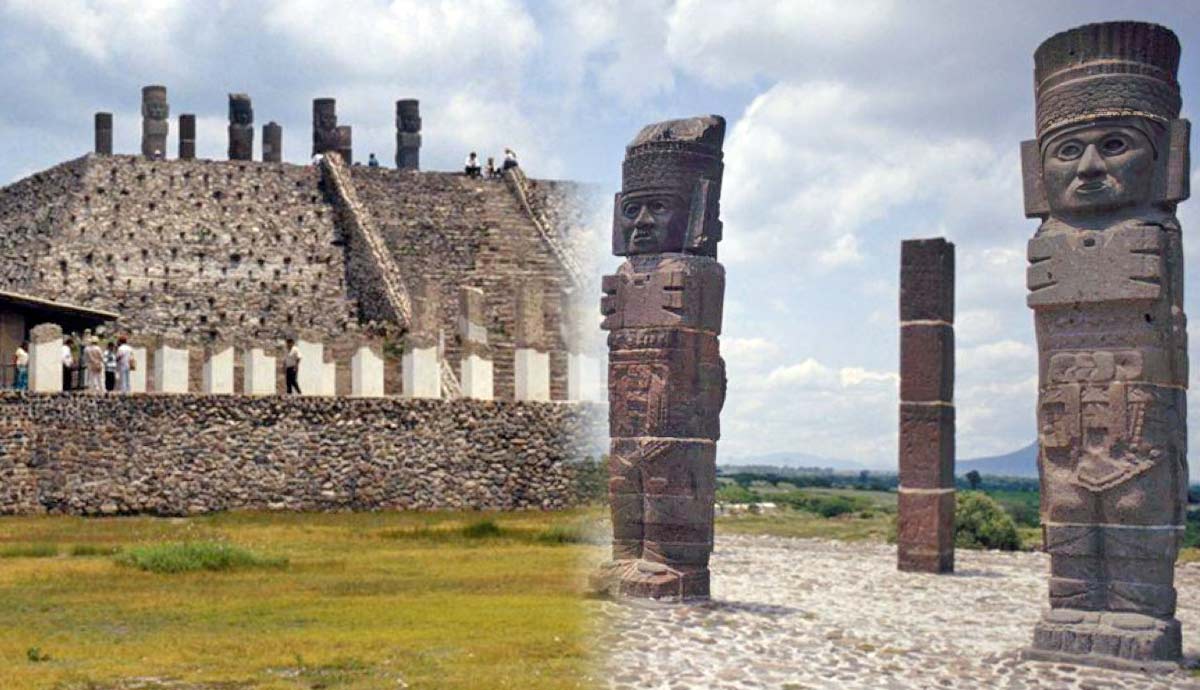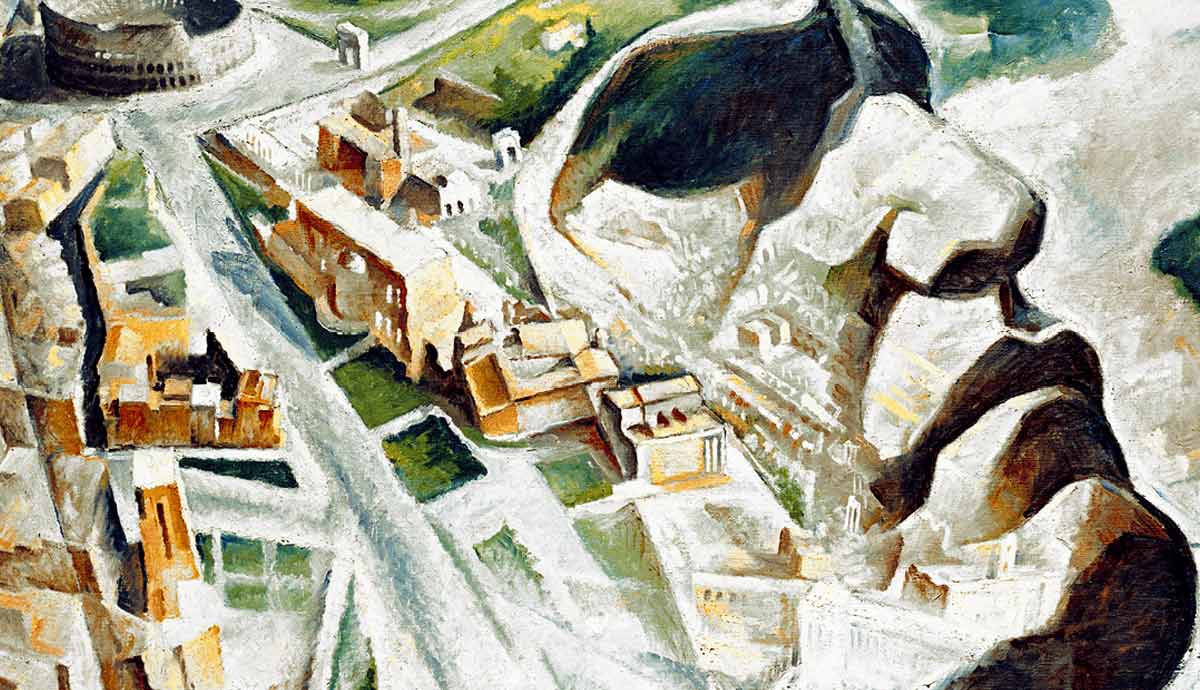
By 1940, Mussolini’s Fascists had governed for almost two decades. Mussolini and Hitler’s close bonds only tightened once the Tripartite Pact got signed on September 27, 1940. They had much in common – a belief in their own ability, political ambition, and zero tolerance for dissent. But the paper tiger that Italy under Mussolini projected only roared with a little bite. Italy’s empire by 1940 consisted of Albania, Libya, and Ethiopia, all taken by force. Mussolini knew of Italy’s economic problems but believed the war would be a short conflict. Mussolini’s ministers told him no war until 1942. Italy’s outdated economy, inflation problems, and military were unready. Yet Mussolini went to war.
Why Italy’s Industry Was Doomed in WWII

Unlike Germany, Italy’s industry wasn’t ready for war. Mussolini’s sudden actions caught Italian factories unprepared for arms production. Though Italy had plenty of steel, its industrial capacity fell well below Great Britain and Germany in production numbers. This lack hindered the production and equipping of what the military needed for war.
Italy’s army displayed the country’s unreadiness. Italy’s pre-war involvement in places like Spain’s Civil War showed Italian forces could fight. However, these used small numbers of troops. When Mussolini decided the time right for war, Italy’s army numbered seventy-one divisions. Of those in 1940, only nineteen were fully equipped with the correct number of men, guns, and ammunition. Many lacked transport and different kinds of guns for defense, such as antitank and antiaircraft.
Similar to Germany, Italy lacked the oil needed to make war. The Italian economy produced less oil than Greece. Britain’s economy produced nearly two hundred times more oil and thirteen times more steel.
Mussolini’s Costly Pre-1940 Entanglements

Mussolini’s dreams of empire, support for like-minded regimes, and pacifications stressed Italy’s coffers or resources. Its Libyan colonies, seized during the 1912 Italo-Turkish War, required building infrastructure, especially after 1925. Plus, the Libyans revolted often, requiring troops to pacify the country, killing thousands
Not content with Libya, Italy invaded Ethiopia in 1935 to annex the country. Mussolini used a border skirmish as an excuse plus Ethiopia lay unclaimed or conquered. After its defeat, Ethiopia’s strategic location would prove useful against Britain’s empire. Italy maintained a 250,000-man army, with dozens of aircraft and ships requiring resources it couldn’t afford.

The Spanish Civil War broke out in 1936 as the Fascist Franco fought to take over the country. Mussolini promised both financial and military support. He dispatched over 60,000 men along with 6500 motor vehicles and hundreds of tanks and planes. This support helped Franco immensely, but at a cost.
The Civil War ended in 1939, during which Italy spent 8.5 billion lira or one year of its military spending. Italy’s intervention proved vital but costly, but few would Il Duce. Mussolini’s final pre-World War II finale came with Albania’s annexation. Though only five days long, the occupation needed additional troops and lira.
Italy’s Military Disaster: Outdated and Underequipped

Much has been written about Italy’s military in World War II. The above and more contributed to its mixed performance for different reasons. First came the outdated equipment and philosophy, principally the Royal Italian Army and Air Force. The Air Force, or Regia Aeronautica Italiana, used biplane fighters against the monoplane fighter. The biplane maneuvered better in Great War-style dogfights. Monoplanes, like Germany’s BF-190 or Britain’s Spitfire, with their greater speed and ceiling, chose when to fight, knowing better than to dogfight. Italy deployed the CR-42 Falco (Falcon), probably the finest biplane built but for the wrong era.
A second Achilles’ heel for Italian planes came with its engines. Most pre-1940 Italian warplanes used the easier-to-build and maintain radial engines. These rarely produced enough power, and Italy’s scant resources hampered development. Multi-engine planes like bombers or transports required three engines instead of two engines, like their contemporaries.

The Regia Marina, or navy, possessed decent battleships but lacked radar, giving the Royal Navy a tactical advantage. Italy lacked resources to build aircraft carriers, giving the British another leg up. Twice during World War II Mediterranean Sea conflicts, carrier aircraft enabled the British to win. Lastly, many Italian troops were only conscripts, lacking training or using Great War weapons. Italian tanks were suitable for the 1930s but were few in number and obsolete by 1940.
Mussolini took Italy to war, despite the condition of the military, crippling debt, and bad geopolitical decisions. The earlier conflicts bled away much-needed capital, materials, and men that Italy, by 1940, was woefully unprepared for the big war.
